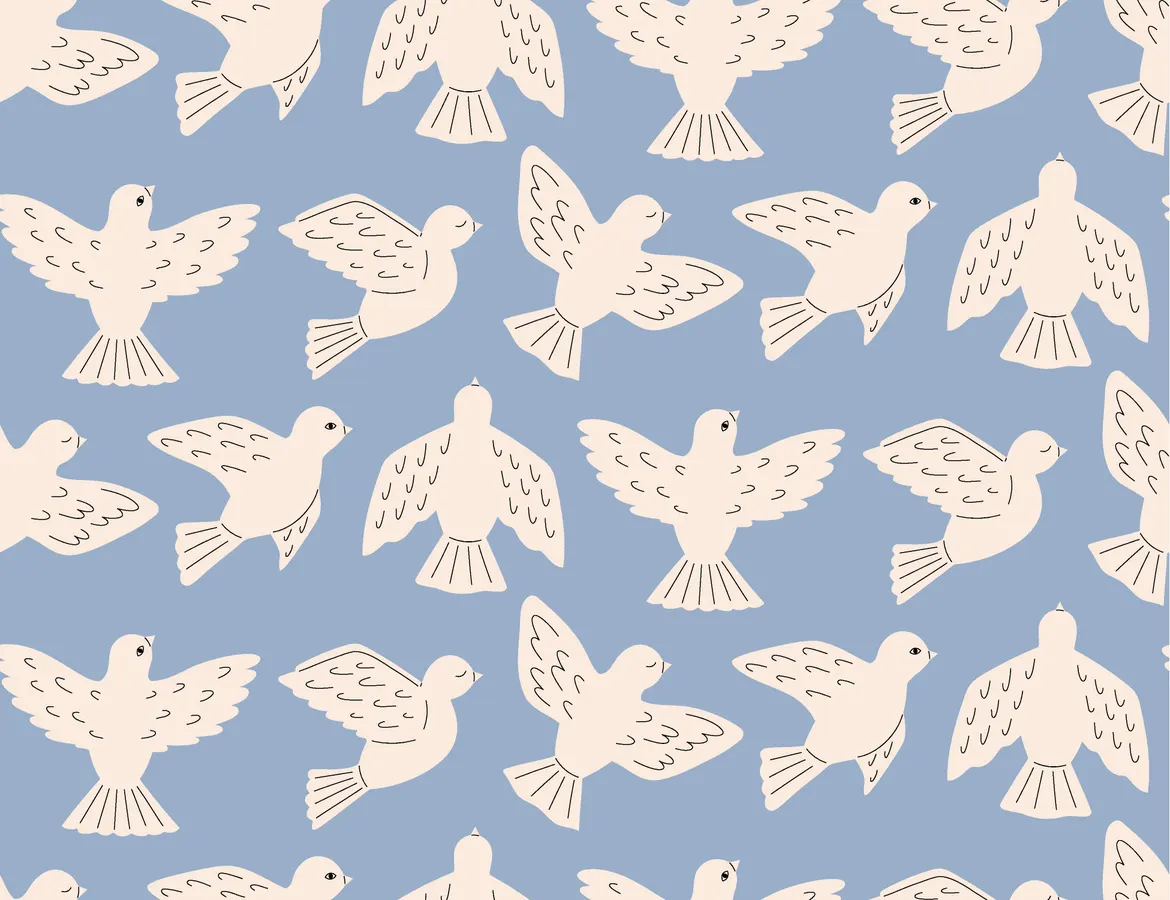Copyright Forbes

If you’ve been confused about all the sudden fuss surrounding “bird theory” on TikTok, you certainly aren’t alone. The trend is being hailed as a simple new way for people in relationships to test whether or not their partner is truly “into” them. And in just a few weeks, we’ve seen countless viral videos of people trying the theory out on their partners, as well as many others questioning whether the test is actually valid or not. Luckily, there’s plenty of psychological research that can help us answer these questions. Here’s a breakdown of the test, what it’s really measuring and whether or not it works. What Is TikTok’s ‘Bird Theory’? TikTok’s “bird theory” is, thankfully, one of the simpler trends we’ve seen in recent years. It suggests that one way to gauge whether a partner truly cares for you is to simply say: “I saw a bird today.” The bird encounter itself doesn’t even have to be real; the true test lies in how your partner responds. Supposedly, a loving partner will respond with curiosity or intrigue. They’ll engage by expressing interest or asking questions about the bird: what it looked like, why it caught your eye, where you saw it or, at the very least, what made it special enough to mention. Conversely, a non-loving partner will respond with apathy, indifference or a “who cares?” kind of attitude. MORE FOR YOU Does ‘Bird Theory’ Work? The theory doesn’t sound scientific at all. In fact, you’d be forgiven for thinking it’s downright silly. This is why most people would be surprised to learn that bird theory is, in its own way, actually a fairly good measure of relationship health. This isn’t an ornithological truth, of course, but a well-observed and widely accepted psychological one. Specifically, bird theory’s validity stems from the pioneering work of Drs. John and Julie Gottman, renowned psychological researchers and couples therapists. In a 2017 article titled “The Natural Principles of Love,” published in the Journal of Family Theory & Review, the Gottmans summarized more than forty years of their research, data and clinical work. And across these decades, one of their most influential findings concerns what they refer to as “bids for connection.” In simple terms, a bid for connection is any attempt that one partner makes to connect emotionally with the other. The Gottmans describe the importance of these bids simply: “These tiny moments of emotional connection form a kind of emotional bank account that gets built over time and provides a buffer against momentary irritability or emotional distance.” Both the bids themselves and the way a partner responds to them can vary. A bid could be almost anything. It could be a partner saying, “Look, there are horses in that field!” during a road trip, or, “Do you see that pretty boat?” while walking on the beach. It could be randomly asking, “Hey, wanna hear a joke?” And, yes, it can even be saying, “I saw a bird today.” The content of the bid — the boat, the horse, the joke, the bird — is irrelevant. What matters is that the partner receiving the bid recognizes that the other is trying to engage. And in their research, the Gottmans identified three ways a partner can respond to bids. In the case of bird theory, these would be: Turning away. The receiver ignores or dismisses the bidder, but usually not on purpose. They might respond with something lukewarm like “That’s nice,” change the subject or simply not respond at all. Turning against. The receiver responds with hostility or criticism, typically in a way that expresses annoyance, irritation or, in worst case scenarios, contempt. It might sound like, “Why are you always bothering me with random stuff? Can’t you see I’m busy?” Turning toward. The receiver engages with the bid by showing interest and care for what the other is saying. It could, for instance, be as simple as saying, “Oh really? What kind of bird was it?” What ‘Bird Theory’ Means for Your Relationship In the broader context of psychological research, bird theory isn’t new at all; it’s just one example out of an infinite number of possible bids for connection. For that reason, any psychological researcher would tell you that bird theory is valid. In fact, it’s already been proven. This proof comes in the form of a 1999 longitudinal study, published in the journal Family Process, that the Gottmans conducted with newlyweds. Among other variables, they assessed how often these couples turned away, against or toward one another’s bids for connection. And in over six years of data, they found that: Couples who were divorced after six years turned toward each other’s bids only 33% of the time. Couples who were still married after six years turned toward each other’s bids 86% of the time. In this sense, bird theory can indeed provide some valuable insight into your relationship. That said, it represents just one tiny example of a bid; you and your partner likely make hundreds more in any given week, a majority of which won’t be bird-related at all. In this sense, you don’t have to be too worried if your partner didn’t ace the bird theory test. If they didn’t seem as engaged or interested as you’d hoped, but weren’t dismissive or mean about it either, your relationship isn’t necessarily doomed. Instead, you’ll get a far clearer measure by paying attention to their response to all little bids you make on a daily basis. Do they regularly dismiss them? Do they often respond in ways that make you feel unseen or belittled? If so, then you might have cause for concern. But if, outside of bird theory, they usually humor your silly grabs for attention, then you likely have nothing to worry about. And if they do pass the bird theory test — that is, if they’re the kind to turn toward you, even in the most silly or mundane of moments — then you likely already know that there’s no need to worry. Partners who consistently turn toward us in these little ways are the ones who do the work necessary to keep the spark alive in a relationship, even after decades. So, if your partner perks up when you say, “I saw a bird today,” hold onto them: odds are that they’re a keeper.



